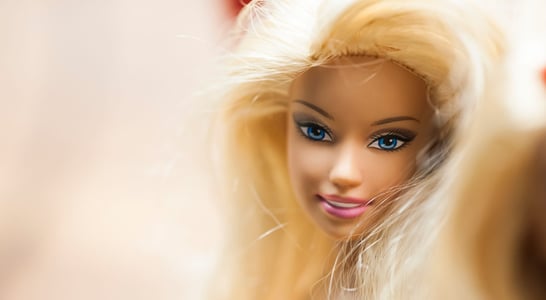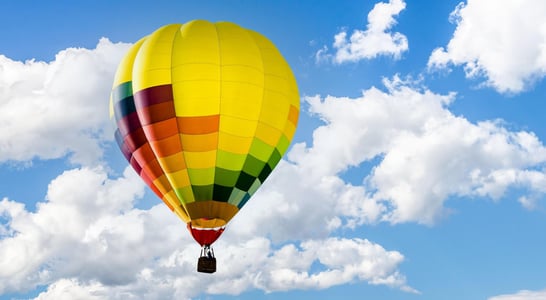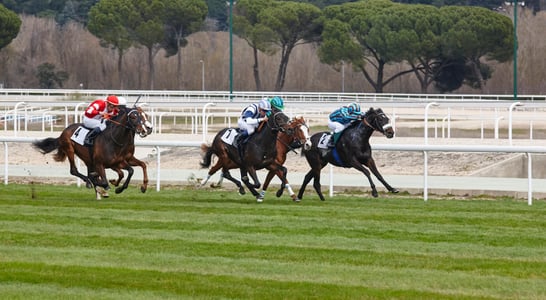
Commonwealth Day
The Commonwealth is a diverse and vibrant family of nations spanning the globe, united by shared values and a commitment to democracy, justice, and prosperity for all.
Every year on this day, 56 countries from around the world hold celebrations to commemorate Commonwealth Day!
How to Celebrate Commonwealth Day
Each member state is free to celebrate Commonwealth Day however they choose, but not all of them go all out with the celebrations.
Attend a Church Service
In the UK, the British monarch attends an Anglican service held in Westminster Abbey, also joined by the Commonwealth Secretary-General and Commonwealth High Commissioners.
The king or queen also delivers a broadcast address to the Commonwealth countries.
Enjoy Cultural Events
Although it is not considered a public holiday, Commonwealth Day usually begins a week full of cultural events such as parades and shows and other activities that follow a specially chosen theme for the festivities (a theme that changes every year), which falls in line with the goals expressed in the Commonwealth’s Charter.
What is the Commonwealth?
Officially called the Commonwealth of Nations, this organization is mainly a political association consisting of 56 member states across the world tied together by their history with the former British Empire.
The current head of the Commonwealth is the reigning sovereign of the United Kingdom, but a British king or queen doesn’t automatically become head—that position is chosen by the member states.
The organization’s headquarters are located in London, UK. While the British monarch is the ruler of 15 of its member states (also known as the Commonwealth realms), 36 countries are republics, and the remaining five are governed by different monarchs.
Nowadays, any country can join the Commonwealth, as it operates on a volunteer basis, and none of its member states are subject to or dependent on another one.
These nations are bound together by their shared goals and ideals of peace, human rights, sustainability, democracy and prosperity, among others, and by the Commonwealth Charter (signed in 2012).
Origins of Commonwealth Day
While this day was originally referred to as “Empire Day” and had been celebrated on Queen Victoria’s birthday on May 24th since 1904, Commonwealth Day wasn’t established as such until 1977.
This was when one of its member states proposed this date for all member states of the organization to simultaneously celebrate this occasion, led by the head of the Commonwealth of Nations, the current British ruler.
In 1926, the British Empire leaders gathered at the Imperial Conference signed the Balfour Declaration, which gave equal status to the United Kingdom and its Dominions, but still considered them as allies to the British Crown. The resulting allegiance was referred to as the British Commonwealth of Nations.
Later, the Statute of Westminster was passed in 1931, which formalized the relationship and established the basis for the relationship between the Commonwealth realms and the Crown, limiting the British influence on its former territories and increasing the nations’ sovereignty and rights.
The Statute originally affected the UK, Australia, Canada, the Irish Free State, Newfoundland (now a Canadian province), New Zealand and South Africa.
The final change to the association was introduced with the publication of the London Declaration in April 1949. The Declaration was issued by the Commonwealth Prime Ministers’ Conference, but only related to India—which was one of the last British Empire colonies to gain independence from the Crown.
The Declaration reaffirmed India’s status as an independent republic while still remaining part of the Commonwealth. The Declaration has been marked as the beginning of the modern Commonwealth, since no further changes have been made since then.
Commonwealth Day FAQs
How did the term “Commonwealth” originate?
In 1884, British politician Lord Rosebery referred to the British Empire as a “Commonwealth of Nations” during a speech in Australia. This marked the first use of the term in this context.
Why did the date of Commonwealth Day change from May to March?
Originally celebrated on May 24th as Empire Day, the observance moved to the second Monday in March in 1977. This change aimed to create a unified celebration across all member countries.
What is the significance of the Queen’s Baton Relay?
The Queen’s Baton Relay starts at Buckingham Palace and travels through all Commonwealth nations before the Commonwealth Games. The baton carries a message from the monarch to the athletes.
How do schools participate in Commonwealth Day?
Schools engage in activities like mini-Commonwealth Games, simulated Heads of Government meetings, and cultural exhibitions. These events promote understanding of Commonwealth values among students.
What unique traditions occur in Westminster Abbey on Commonwealth Day?
Since the 1970s, Westminster Abbey hosts a special service featuring world music, dance, and personal testimonies. The Commonwealth mace, adorned with member nations’ flags, plays a central role.
How does the Commonwealth promote environmental awareness?
In 2008, the Commonwealth adopted the theme “The Environment, Our Future,” highlighting the importance of environmental sustainability among member nations.
Are there any myths associated with Commonwealth Day?
A common misconception is that all Commonwealth countries observe the day as a public holiday. In reality, most countries mark it with observances rather than official holidays.
How has the Commonwealth addressed global challenges?
In 2022, the Commonwealth emphasized solidarity amid global uncertainties, focusing on cooperation to tackle issues like the COVID-19 pandemic and climate change.
What role does the Commonwealth play in sports?
The Commonwealth Games, held every four years, unite athletes from member countries, fostering friendly competition and cultural exchange.
How does the Commonwealth support youth engagement?
The Commonwealth promotes youth participation through initiatives like the Commonwealth Youth Programme, empowering young people to contribute to development and democracy.
Also on ...
View all holidaysNational Barbie Day
This iconic doll has evolved over the years, inspiring generations of children to imagine the possibilities of their own lives and futures.
National Napping Day
Taking a little daytime snooze is like hitting the reset button, recharging energy levels and boosting productivity in a flash.




